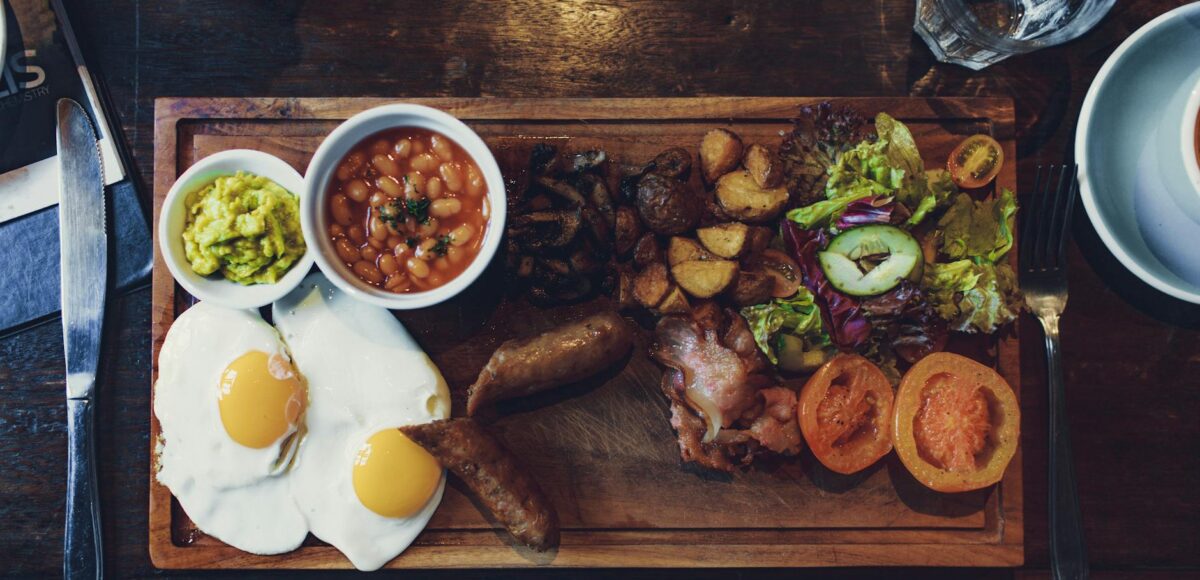Protein is an essential nutrient and is crucial to good health. It is required for the growth and maintenance of body tissues, keeps the immune system strong, transports and stores nutrients, and acts as an energy source.
Not eating the right amount of protein can affect a child’s development, when a child does not get enough protein it leads to various health problems such as stunted growth in children, kwashiorkor, loss of muscle mass, fatty liver, increased severity of infections, skin, hair and nail problems, edema.
Inflation is inevitable, not everyone can afford ranch produce or poultry outputs to consume but there are lots of affordable alternatives to the food that will amount to an adequate diet.
A lot of people today are living on tight budgets due to the economy. In a time where so many people are out of work, and facing an uncertain financial future, getting food that is both wholesome and affordable can be a challenge to feeding well.
Already this will lead to lots of nutritional deficiencies because most people will consume more of “mono-diet” which means eating what they only have and failing to consume other nutrients that they can’t afford, which will cause deficiency of another essential micronutrient.
While having financial setbacks can certainly present its challenges, it is possible to prepare your own healthy meals and stay within budget.
How do we source these other micronutrients whenever we can’t afford them?
We source these micronutrients from locally sorted foods within our community.
Let’s look at how to supplement these nutrients in our diets using our local foods.
PROTEIN-RICH FOOD ALTERNATIVES TO MEAT
What most people count only as protein
- Beans,
- Chicken
- Turkey
- Egg
- Beef
- Fish
- Corn beef
- Milk
- Titus sardines.
To mention but a few…
Please note that eating protein doesn’t amount to eating only meat.
There are other sources of protein through our meals that you don’t need to break the bank to sort for and it’s of benefit to your health.
- I believe we all know what locust bean is (“Ugba” in Igbo). This food is highly proteinous in nature and can replace protein completely. So even if you don’t have meat to cook, you can add locust beans to your food. It will replace the protein.
- Guinea Corn: Grains are a fantastic source of protein and are relatively economical.
- Tofu: Also known as bean curd, is made from soybean milk. It is an extremely low-fat and nutritious alternative to meat, Containing a high amount of protein, calcium, and vitamin E.
- Mushroom: The mighty mushroom has thrice the amount of protein than most veggies, making it a great addition to pasta, pies, and all sorts. Combine with other protein-rich foods such as eggs, tofu, and pulses for a super healthy free meal.
- Lentils (kidney beans etc.) have one of the highest levels of protein.
- Castor seed (Ogiri-okpei): is a nutritious protein substitute. It contains potassium, iron, phosphorus, and other vitamin. It can be added to your soups.
- Crayfish is a cheap source of protein and seafood that is similar to the much more expensive shrimp and lobster but is much less in price compared to them
- Periwinkle is a potential source of good‐quality proteins. It contains most of the essential amino acids in adequate amounts for human nutrition and is not expensive.
- Nuts: such as groundnuts, almond nuts, walnuts, cashew nuts, etc are fantastic everyday sources of protein. Eg one cup of almonds provides more protein than an egg while cashews are high in antioxidants and promote good cardiovascular health.
- Bambara nut is a high-protein plant food that can be used as a functional ingredient in food formulation. It can be used to make ọkpa. Bambara nut protein can be used to make plant-based milk, soups, shakes, and noodles that have a creamy and smooth consistency. It can also be used to create food products that have a firm and chewy texture, such as meat analogs, sausages, cheese, yogurt, and tofu.
Other Sources of Protein That Are Inexpensive and Can Benefit Your Health.
They include; soybeans, milk, Greek yogurt, Oats, chia seeds, egg, sweet potatoes, and avocado.
You can add kidney beans to stews and salads.
Chia seeds can be added to your smoothies, and juice, mixed into yogurt and oatmeal, or sprinkled on top of a salad. This tiny black seed has a ton of protein and other nutrients.
Avocados can be added to many recipes to give your meals a nutritional boost.
You can use it to substitute regular spreads like butter and margarine.
Can be added to your salad, or smoothie.
All these can be sorted within our community, it’s advised that parents become more creative with food sorting for their wards, there are over 5 ways to prepare a particular meal.
To save more parents would learn to go to local markets where they can get these products cheaper and even stock up for some time before repeating.
Budget is the greatest tool to fight financial turmoil, trust is only you know your income and what works for you than anyone else, use what you have to caution the economic situation while you create more chances to earn better.

